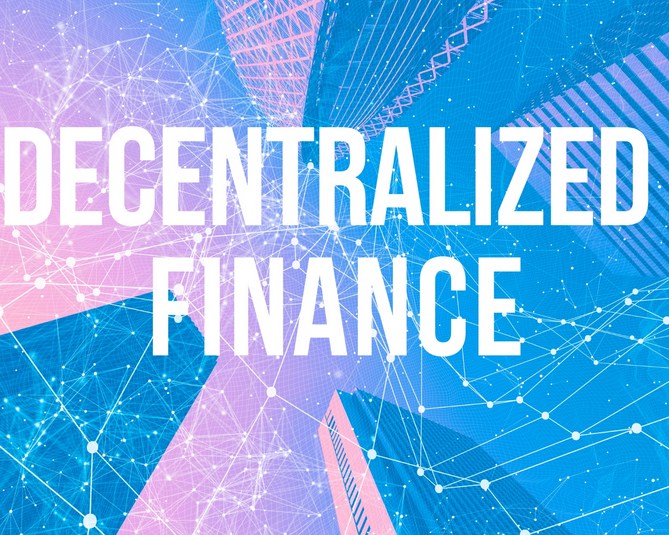The Evolution of Decentralized Finance: Key Milestones

Decentralized Finance, or DeFi, has emerged as one of the most transformative innovations in the financial industry. Using blockchain technology to enable peer-to-peer financial services, DeFi eliminates the need for intermediaries like banks or brokers. This democratization of financial services opens access to anyone with an internet connection, offering everything from lending and borrowing to trading and asset management. But how did DeFi get to where it is today? Let’s look at some of the critical milestones that have shaped the evolution of decentralized finance.
1. The Birth of Bitcoin (2009)
The launch of Bitcoin in 2009 marked the beginning of decentralized finance in its earliest form. Bitcoin introduced the world to decentralized currency, where financial transactions could occur without relying on central banks or governments. While Bitcoin’s primary function was as a decentralized digital currency, its underlying blockchain technology laid the foundation for DeFi’s evolution. Bitcoin proved that financial services could operate outside the traditional banking system, sparking the idea of broader decentralized finance applications.
2. Ethereum and Smart Contracts (2015)
The launch of Ethereum in 2015 was a game-changer for DeFi. Ethereum introduced smart contracts, self-executing contracts with the terms of the agreement directly written into code. Smart contracts enabled more complex financial products and services to be built on the blockchain, paving the way for DeFi applications like lending, borrowing, and decentralized exchanges.
Unlike Bitcoin, which was designed purely as a digital currency, Ethereum served as a platform for decentralized applications (dApps). This innovation allowed developers to create financial products without needing centralized institutions, sparking the rapid growth of the DeFi ecosystem.
3. The Rise of Decentralized Exchanges (2017-2018)
Decentralized exchanges (DEXs) marked another critical milestone in DeFi’s evolution. Platforms like Uniswap and Kyber Network allowed users to trade cryptocurrencies directly with each other without the need for centralized exchanges. DEXs brought true decentralization to trading, offering increased security, transparency, and control for users over their assets. This led to more widespread adoption of DeFi and helped build trust in decentralized platforms.
4. DeFi Summer (2020)
The summer of 2020 is widely referred to as DeFi Summer due to the explosive growth of the DeFi ecosystem. The total value locked (TVL) in DeFi platforms surged from under $1 billion to over $10 billion in a few months. This period saw the rise of yield farming, liquidity mining, and innovative platforms like Compound, Aave, and SushiSwap that offered lucrative returns for users. DeFi Summer proved that decentralized financial services could operate at scale and attracted significant attention from retail and institutional investors.
Conclusion
Critical milestones have marked the evolution of decentralized finance, such as the launch of Bitcoin, the development of Ethereum and smart contracts, the rise of decentralized exchanges, and the explosive growth during DeFi Summer. As the DeFi ecosystem continues to evolve, it promises to redefine the future of finance, providing greater accessibility, transparency, and innovation in financial services for people worldwide.
#DeFi #DecentralizedFinance #Blockchain #Cryptocurrency #Ethereum #SmartContracts #Bitcoin #DecentralizedExchanges #CryptoRevolution #FinancialInnovation

